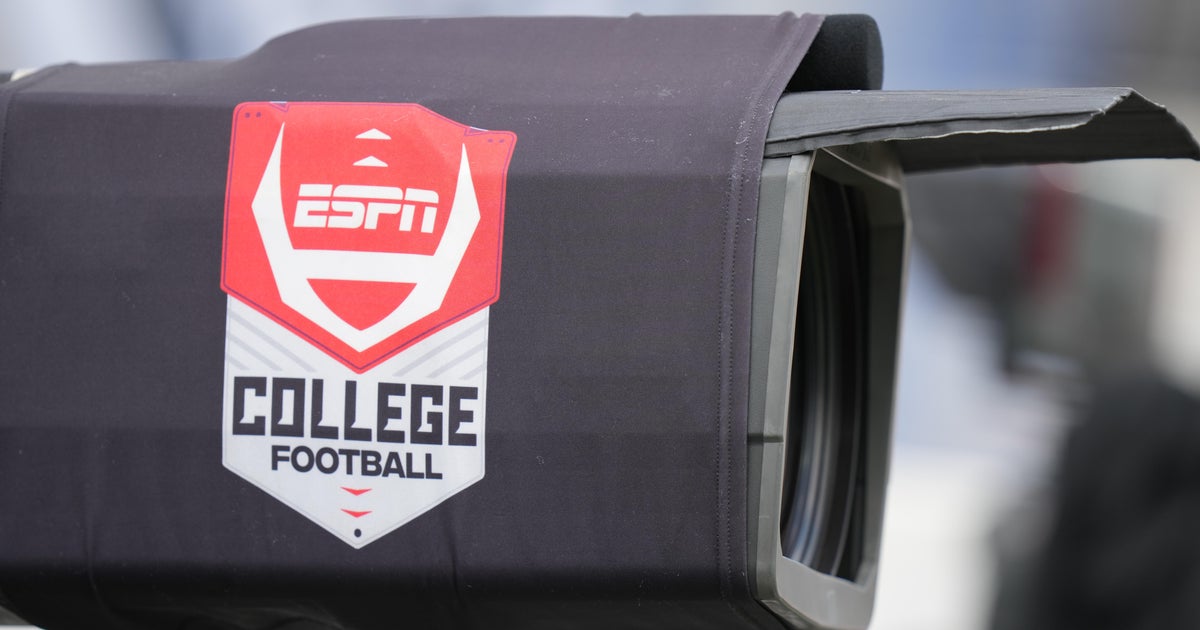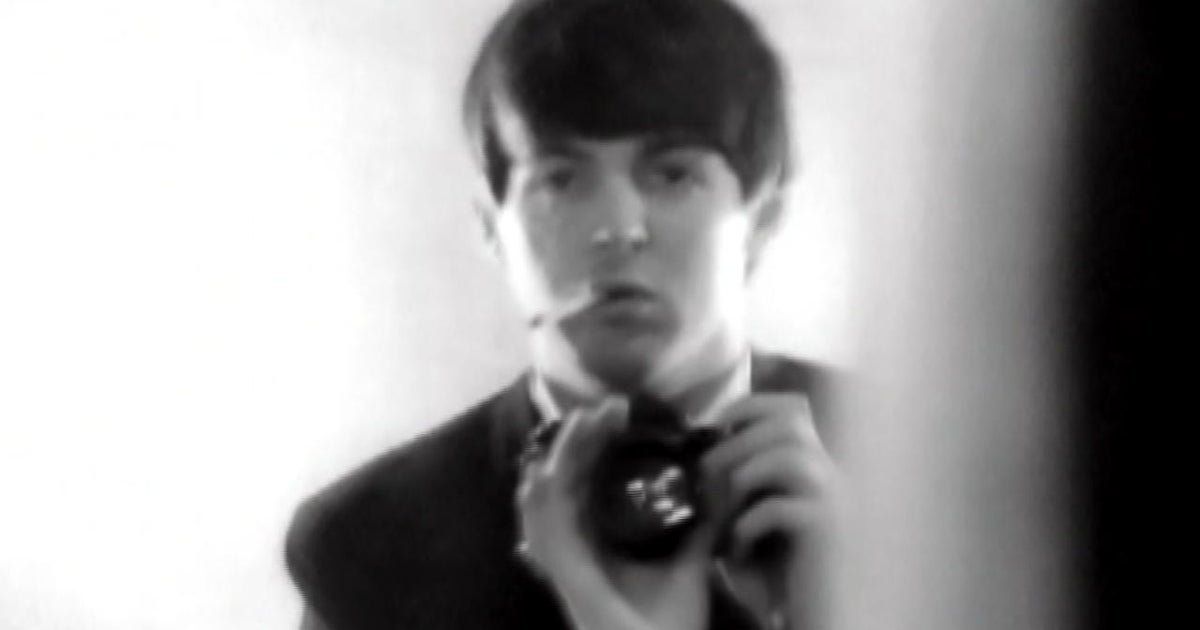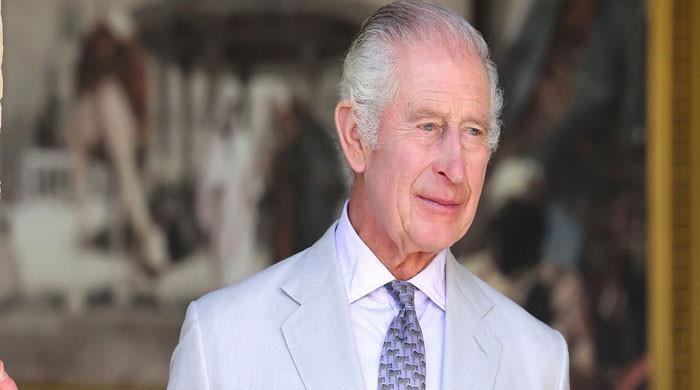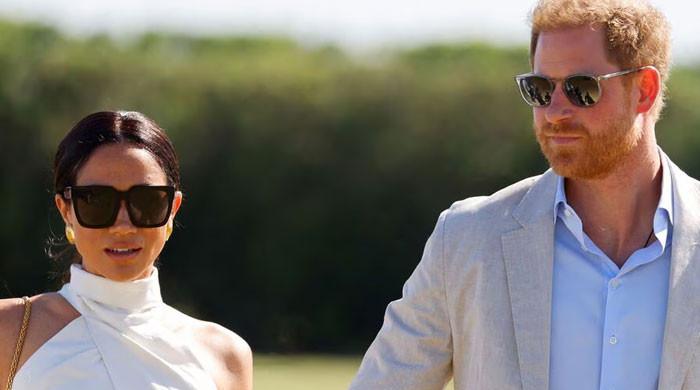“We felt like there was probably only one major documentary to be made,” says Lisa, the current CEO of the Jim Henson Company, on a Zoom call with her three siblings. “Our dream was that a filmmaker of real stature would come along and be a perfect match for Jim Henson.”
They got their wish at the start of 2022, when Howard, representing the documentary arm of Imagination Entertainment (his and Brian Grazer’s production company), visited the Henson family’s studio in Los Angeles. The Oscar-winning director knew Henson only slightly, having met him backstage at a variety show in the late 1970s. But after speaking extensively with the siblings about their upbringing, and screening two hours of their dad’s early commercials, experimental films and home videos, Howard was convinced that he had a clear vision of Henson as an artist, husband and father.
“You could see a kind of aesthetic thread throughout, a wit and satirical undercurrent, and his tremendous imagination,” Howard says of Henson’s work. “Almost immediately I wanted to channel Jim’s sensibility and aesthetic through the stuff that we would create.”
Available to stream May 31 on Disney Plus, “Jim Henson Idea Man” makes good on Howard’s editorial instincts and the Henson family’s patience. The movie, which recently premiered at the Cannes Film Festival, comprehensively chronicles the Muppets creator’s life and work, investigating his relentless creativity and ambition with a mix of archival material, animated and musical flourishes, and interviews with close colleagues and all four children. It also makes room for plenty of puppetry, including behind-the-scenes looks at Kermit the Frog, “Sesame Street” cast members, and the innovative marionettes of the movies “The Dark Crystal” and “Labyrinth.”
To understand his subject’s genius, Howard leans heavily on Frank Oz, Henson’s longtime friend and collaborator, who provides insight into their diverse work and revolutionary approach to television. But the newest and most illuminating insights into Henson pivot on his romantic and creative partnership with his wife, Jane, who helped found their company, and their family life, which became strained in the years leading up to the couple’s separation in 1986. “I saw tremendous value in the Jim and Jane story, because I had no idea how significant Jane had been in really building the foundation of Muppets Inc. and everything that came from it,” Howard says.
The pair met in 1954 in a University of Maryland puppetry class, the beginning of a close working relationship that eventually spawned “Sam and Friends,” a live, late-night puppet sketch show that was broadcast on WRC-TV, their local Washington, D.C., station. Its musical elements and style of puppetry (the puppeteers would watch themselves on a live simulcast using a TV monitor so they could see how the puppet looked in frame above them) laid the foundation for Kermit, their Muppets company and Jim’s grander endeavors. “It was just Mom and Dad creating this five-minute piece every single night,” says Cheryl, president of the Jim Henson Foundation. “It was college-style humor. They were entertaining themselves.”
Jim and Jane’s marriage several years later felt like the natural evolution of their artistic collaboration, less the result of a deep romance than a fondness for being together, something that Jane, who died in 2013, describes in the documentary. “I personally think it was more romantic than some of my mom’s statements make it seem,” says Lisa, who, along with her siblings, refrained from taking producer credits or steering Howard’s editorial decisions. As he illustrates in the documentary, the puppets operated almost like alter egos, allowing the couple to “be both playful and insightful and kind of be a little loose and crazy,” Howard says, “which neither of them were in person.”
When Jane gave birth to Lisa, pausing her professional creative work to begin a family, Jim kept up his breakneck pace, building a small team of puppeteers, which included Oz, to make Muppets-based commercials inside a Manhattan workshop. Over the next decade, Jim’s production increased, with the puppeteer developing a repertoire of characters and making experimental films and television specials — “early works that are super revealing of my dad as an artist,” Brian says. “You’re seeing the raw creativity before it started becoming more refined and more complex.”
As a result of his numerous ventures, “Idea Man” notes that Henson’s workload — especially as he latched onto “Sesame Street” and began producing “The Muppets” television series in England throughout the 1970s and early 1980s — naturally made it harder to connect with Jane and his five kids at home. “That kind of thing happens all the time in relationships, and I think they handled it particularly well,” Howard says. “But it’s interesting that the very thing that pulled them together was ultimately the factor in the romantic side of the relationship fading.”
Throughout our conversation, the Henson children (all of whom have various roles in their father’s company and foundation) reflected warmly on their parents’ early relationship, their shared sense of humor, and what Cheryl calls their “robust family life” and “fantastically creative childhood” in Armonk, N.Y. That included participating in homemade art projects, such as claymation and woodworking, crafts they would eventually refine as they got older and began assisting their father in professional settings. “I definitely didn’t feel that my father was as absent from the family as is portrayed in the film,” Cheryl says. “But that’s partially because we were always invited to be with him on location, in the workshops, as well as travel with him.”
The latter half of “Idea Man” traces Henson’s relentless pursuit of new technologies, such as the more-advanced marionettes and special and visual effects he configured in his feature films “The Dark Crystal” and “Labyrinth.” Inspired by his subject’s experimentation, Howard channeled some of Henson’s oeuvre into the documentary’s aesthetic, implementing stop-motion techniques and conducting interviews on a stage surrounded by television screens meant to resemble Henson’s 1969 documentary “The Cube.” “I loved recognizing the value of throwing yourself into a medium, and just learning it on the job,” Howard says. “What Jim and Jane did reminds me so much of what TikTok and Instagram content creators did.”
Henson’s restless energy and workaholic personality (“He was sketching or writing all the time,” Brian says) seemed to stem, at least partially, from his brother’s untimely death in a 1956 car accident. As the documentary theorizes, that event imbued his work with a sense of urgency that his children also felt when Henson died suddenly at 53 — and again when their brother, John, died in 2014. “I never gave one moment’s thought to my own mortality until my father died,” Lisa says. “There’s no doubt that a sudden, unexpected death is going to shift your brain a little bit.”
When the family inherited the company, Jane established the Jim Henson Legacy, dedicated to preserving and perpetuating his contributions to the puppetry world, and hired Karen Falk as a full-time archivist. “Idea Man,” which Lisa hopes will inspire viewers to “let their creativity fly,” functions, in some ways, as the culmination of all of their preservation work. They also feel it captured their dad’s spirit — and made the long wait worth it. “We were scared we wouldn’t be able to do this,” Brian says. “This feels like the right way to celebrate Jim Henson.”
“It’s so great to have this documentary,” Heather adds, while also acknowledging its inherent limitations. “Coming to an understanding of our relationship with our dad is always an ongoing process.”







